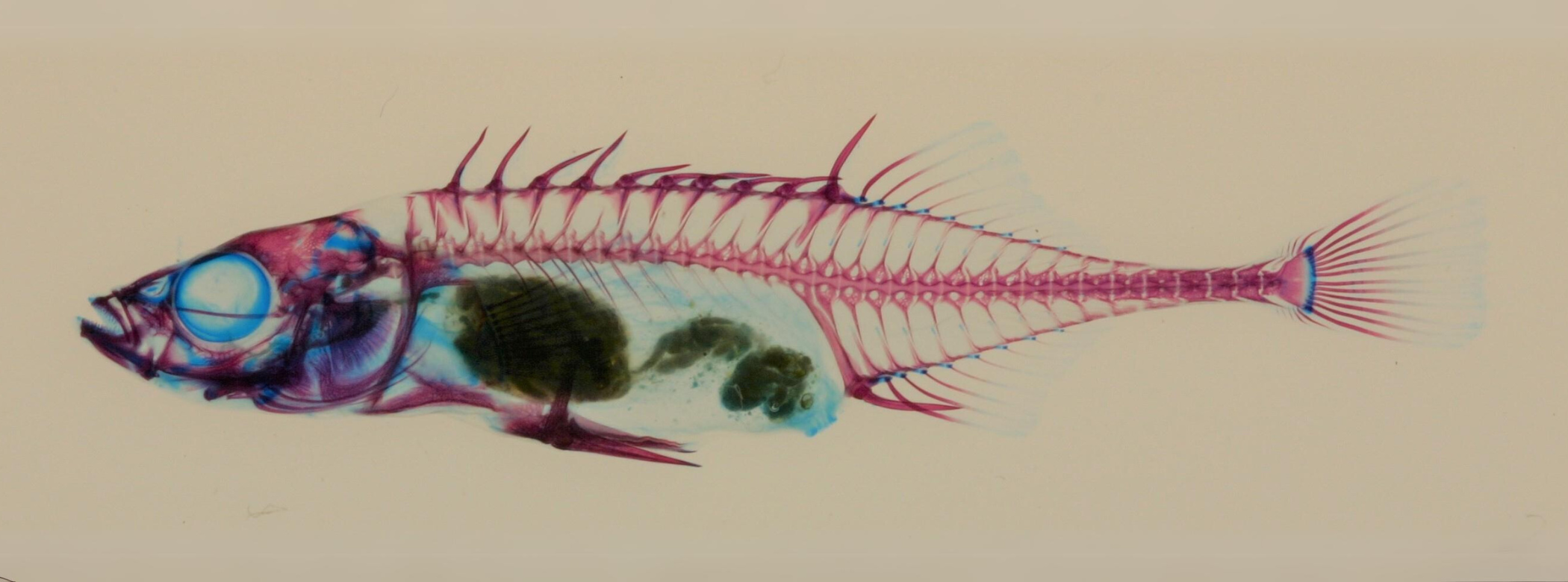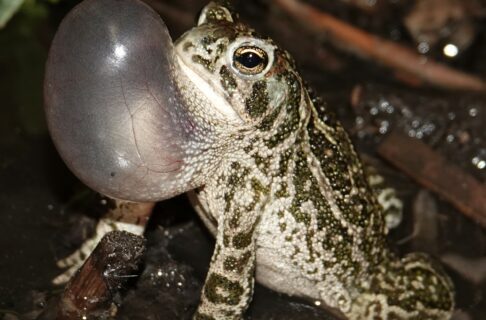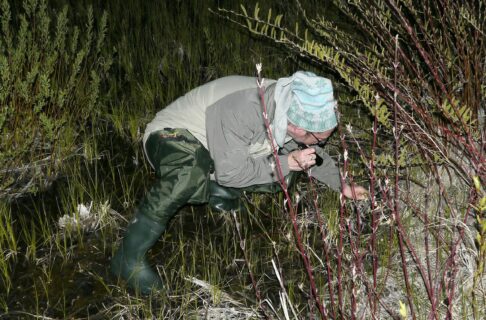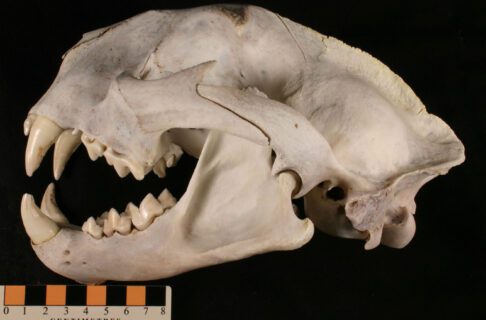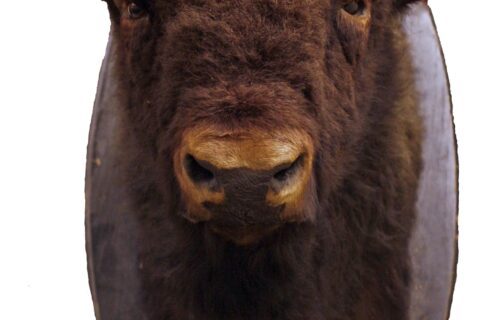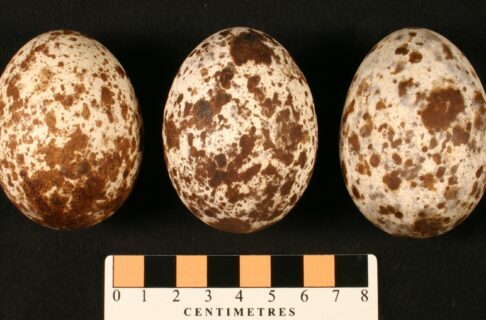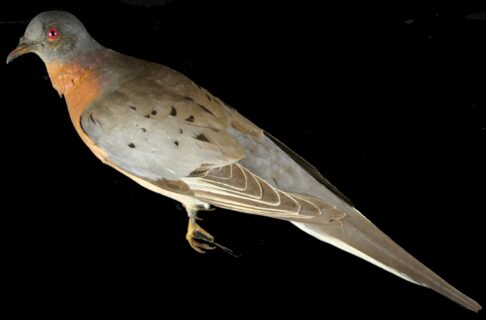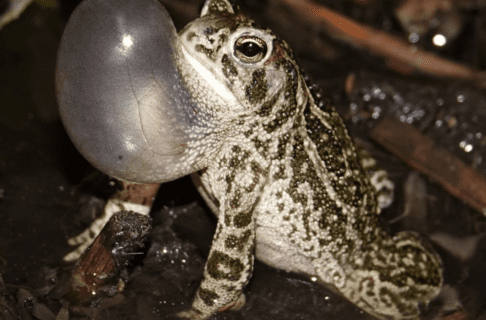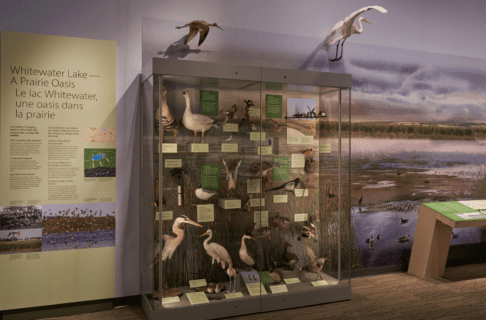Zoology is the scientific study of animals, covering the incredible diversity of invertebrates (such as spiders, insects, snails, clams, and worms) and vertebrates (fishes, amphibians, reptiles, birds, and mammals).
The Zoology collections at the Manitoba Museum are an irreplaceable archive of Manitoban animals that span over 125 years. Numbering well over 120,000 specimens, they include significant provincial holdings of butterflies and moths, mammals, molluscs, and birds. Collections of fishes, amphibians, and reptiles are more modest, as are holdings from outside the province. The Zoology collections are a resource for researchers around the world, and form the basis of Museum exhibits and interpretation.
Over the years, research by zoologists at the Manitoba Museum has included work on butterflies, snails, frogs, and mammals. Much of this earlier research recorded geographic distributions (finding out where animals live), though this work is still incomplete – much of Manitoba is difficult to survey effectively.
Recent research has not only recorded distributions, but has examined the evolutionary history of species and populations. Colour and genetic variation in red-sided garter snakes, the nature of the northern contact zone between Canadian and American toads, and shape and genetic differences among three-spined sticklebacks are projects that help clarify how Manitoba’s animals came to be living where they are today.
Understanding where and how animals live provides baseline data necessary for responsible environmental stewardship. Accurate knowledge of animal distribution can monitor impacts of climate change and human activities, and help maintain the health of the environment and ourselves.




